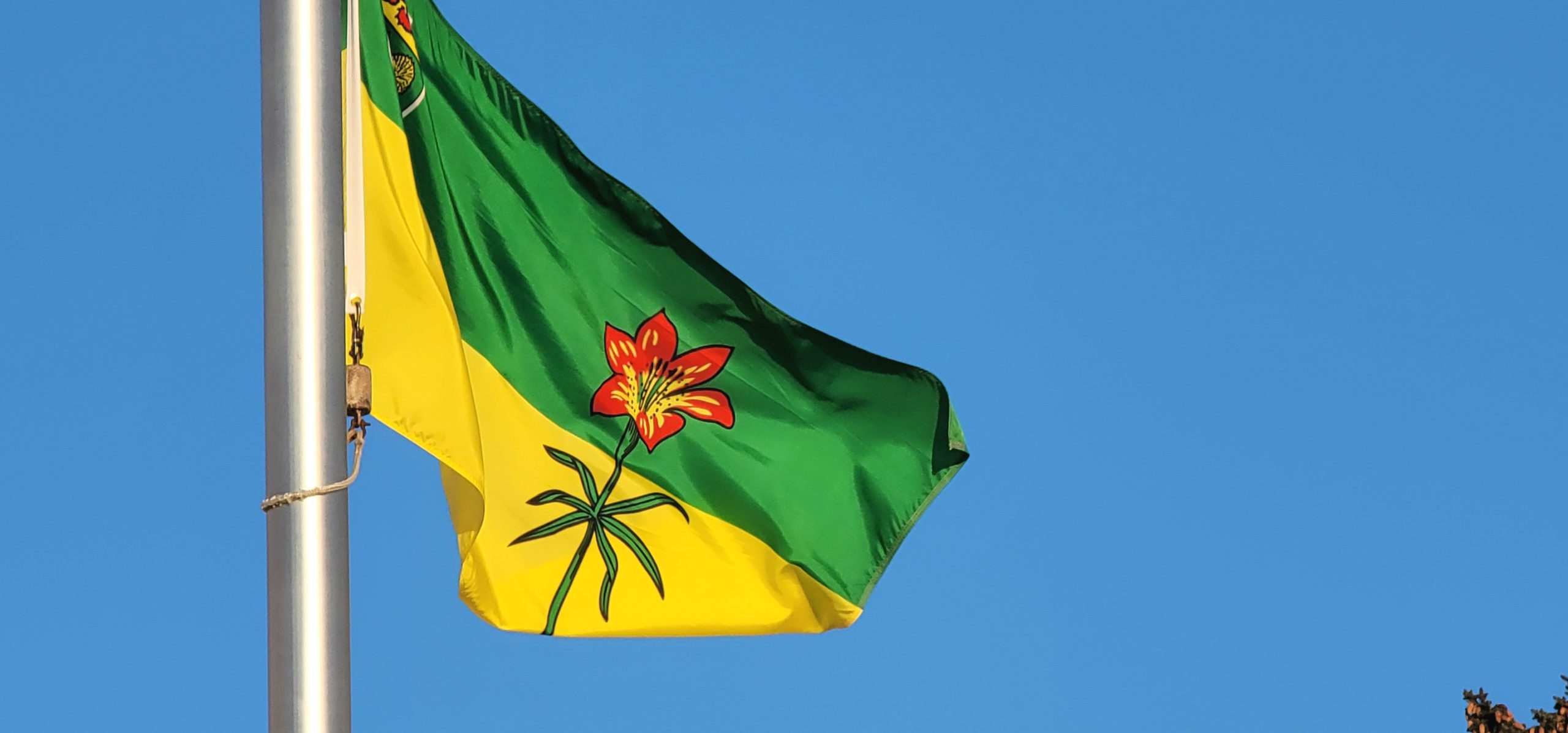The Saskatchewan budget is projecting a small surplus of $12.1 million, but with no contingencies to deal with U.S. or Chinese tariffs.
The budget was presented in Regina on Mar. 19 by finance minister Jim Reiter who said the “erratic and unpredictable” tariffs from U.S. President Donald Trump made the financial outlook difficult to plan.
The budget will hitch its wagon to its financial outlook and what the government calls responsible spending to survive the headwinds of tariffs.
“Right now, we do not know what tariffs the U.S. may impose or how long they may last. As a result, it was not possible to build the exact impact of tariffs into the budget,” says the finance minister.
Highlights include:
- Health – $8 billion up $365 million
- Education – $4.4 billion up $14 million
- Social Services – $1.8 billion up $77 million
- Agriculture – $1.6 billion up $66 million
- Protection of persons and property – $1.1 billion up $90 million
- Capital spending – $4.6 billion for highways, schools and hospitals
- Projected revenue – $21.056 billion, up $1.2 billion
- Expenses – $21.044 billion up $909 billion
- Debt – projected to increase by $2.5 billion to $38.3 billion
The Canadian Taxpayers Federation wants the government to “cut spending and stop borrowing money after increasing the debt by over $2 billion in Budget 2025.”
Saskatchewan’s deficit has increased from $32.6 billion in 2023 to a projected $38.3 billion by 2026.
“They have a fiscal record that can’t be trusted,” said NDP finance critic, Trent Wotherspoon.
On the health file, the opposition NDP points to a cut of $17 million over last year’s budget.
“Last year, the Saskatchewan government spent $8.022 billion on health and is now only planning to spend $8.004 billion, a cut of $17.1 million (page 27),” said the NDP.
The Saskatchewan Chamber of Commerce is happy with some of the nuggets that align with its objectives including:
- Creation of a 45 per cent credit for equity investment for small and medium enterprises in certain sectors
- Permanently maintaining the small business tax rate at one per cent
- A $285,000 investment to establish a Young Entrepreneur Bursary, administered by the Saskatchewan Chamber of Commerce, providing $5,000 grants to 57 eligible young entrepreneurs
Also, the 20 per cent increase in the Graduate Retention Program’s tax credit benefits will play an important role in encouraging graduates to build their careers in Saskatchewan, says the Chamber.
The Saskatchewan Association of Rural Municipalities (SARM), is pleased with the increase to Municipal Revenue Sharing saying it recognizes that RMs are a key component in driving the economy.
“The increase of 6.3 per cent from last year is always welcome. RMs have a major responsibility to provide the infrastructure that drives the major sectors of Saskatchewan’s economy,” said Bill Huber, SARM President.
SARM welcomed some of the positives from the budgets proposals and emphasized “the need for continued collaboration between the provincial government and RMs to address ongoing issues such as agricultural sustainability, health care, rural policing, and rural infrastructure investments.”



